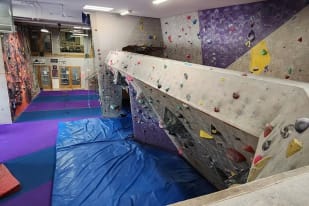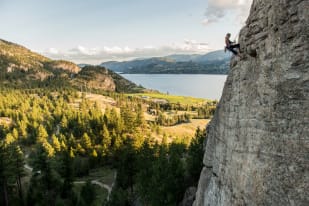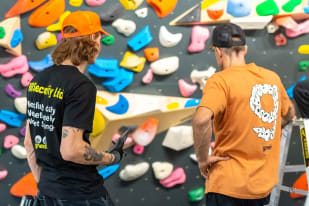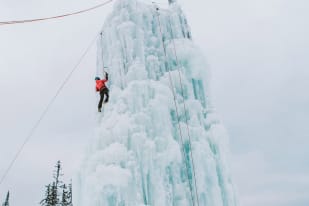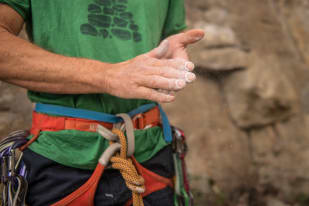Photographing Your Climb: Capturing Stunning Climbing Shots in Kelowna

Introduction
In the world of climbing and photography, Kelowna has untapped potential capturing the essence of your climbing adventures amidst the stunning backdrop of Kelowna's landscapes. From the rugged bluffs to serene boulder fields, we’ll review how to make your climbing photographs speak volumes about your journey, the terrain, and the moment.
Selecting Prime Climbing and Photography Locations in Kelowna
Kelowna's climbing scene is as diverse as it is breathtaking. Skaha Bluffs Provincial Park is a climber's paradise with over a thousand climbs and views of Skaha Lake. For those seeking a challenge closer to the city, Boulderfields offers over 138 sport routes. For a unique opportunity, visit the Big White Ski Resort, hosting a 60 foot ice tower to climb. KLO Creek in Myra-Bellevue Park, with its granite boulders, is perfect for both established and experimental climbers. To capture the best of Kelowna's climbing, aim for late April to October, keeping in mind that early mornings or cool evenings are ideal during hot summers.
Photography Tips for Climbing
Capturing the thrill of climbing requires a mix of creativity and technical know-how. The key is to avoid mundane shots like the dreaded "butt shot". Instead, focus on the climber's face, hands, and the route ahead. Experiment with shutter speeds to bring a sense of movement to your photos. Composition plays a vital role – being above the climber can yield compelling images, capturing intense expressions and intricate movements. When it comes to safety, always stay alert. Climbing photography is as risky as it is exciting, and no photograph is worth a mishap.
Recommended Camera Equipment for Climbing Photography
Your choice of camera and lenses can greatly impact the quality of your climbing photography. A camera capable of handling high resolution with long battery life and lightweight is essential. For lenses, a high quality lens capable of capturing 4k like the Sony Alpha AR7II is invaluable for its ability to capture crystal clear images. However, don’t overlook the ease of a lightweight and compact camera like the Insta360 GO2. Camera gear must be durable and adaptable to the rugged outdoor conditions. A hand strap is preferable over a neck strap for ease of use in challenging positions.
Include the Surrounding Scene
Climbing takes place in some of nature's most spectacular settings. Make sure to step back and include the surrounding landscape in your shots. The juxtaposition of a climber against the vastness of nature can add a dramatic element to your photographs. Use the scenery to tell a story of the climb and the environment.
Post-Processing Tips for Climbing Photography
Post-processing is where you can truly bring your climbing images to life. Adjusting white balance can enhance the natural colours of the rock and foliage. Play with brightness and HDR settings to balance the lighting, especially if the climber is in the shade. However, avoid overdoing HDR as it can flatten the textures. Levels and curves are great for adding contrast, and subtle colour edits can make your images pop while maintaining a natural look.
Conclusion
Kelowna offers many different climbing experiences, each with its unique photographic opportunities. By combining technical skills, creative vision, and an appreciation for the natural beauty of Kelowna, you can create stunning climbing photographs that capture your adventure. Always prioritize safety, both in climbing and photography, and let Kelowna's landscapes inspire your photographic journey.
